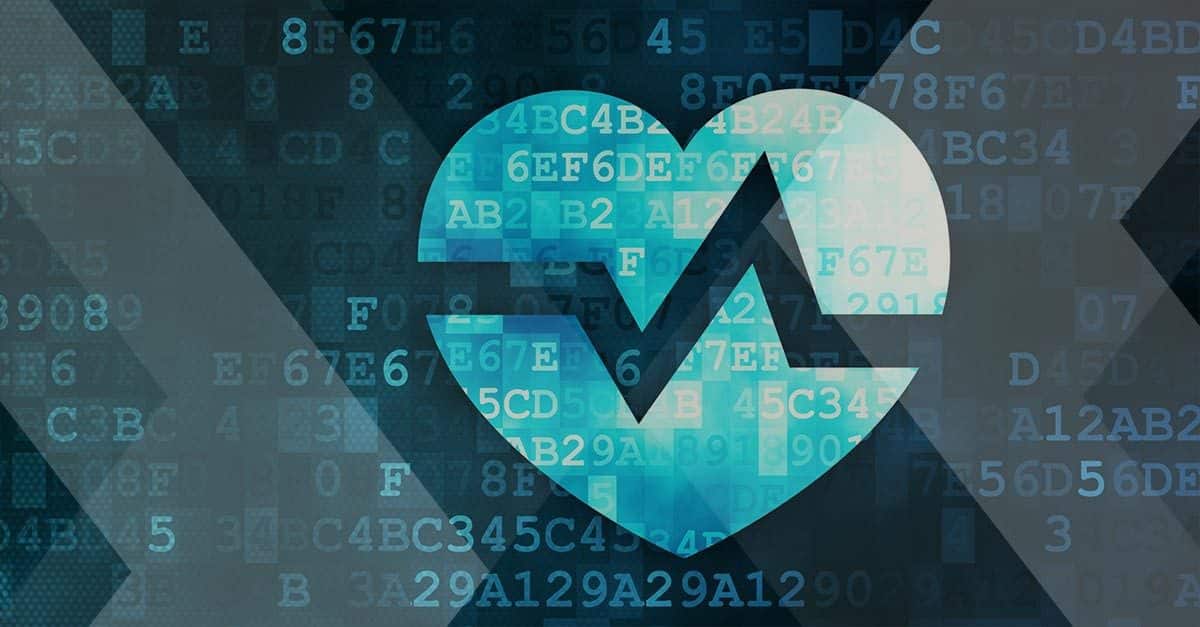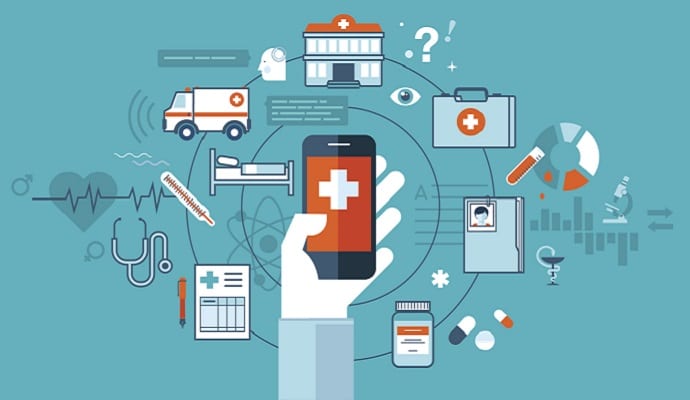With an aging population that will see the number of over 60s triple by 2050, the healthcare system is facing challenges that won’t be solved with our current healthcare model. An increase in costs to treat the rising cases of chronic conditions that commonly affect older people such as cardiovascular, respiratory, and metabolic disorders means the industry needs to get smarter about how it operates.
This is where connected healthcare comes in, a healthcare model that makes technology a vital part of delivering healthcare to consumers. This conceptual model refers to a health management system where devices, services, and interventions are designed around the patient’s needs. All health-related data will also be shared in a person-centered way, allowing patients to receive the most proactive and efficient care possible.
By using technology, we are able to turn the healthcare industry from a reactive episodic model to one that is proactive and puts patients at the center of their care. According to Orthogonal, this proactive approach has been made possible as the healthcare industry is embracing wireless communication technologies that allow people to share data from devices with others, making it easier for medical professionals to diagnose and treat patients remotely.
As technology in the healthcare industry continues to advance, and we go further into the digital revolution, connected health is going to become a big thing in healthcare, but changes have already started to take place.
IMAGE: PIXABAY
Connected Health – The Path To Better Healthcare
Though connected health is a new idea for many in the healthcare sector, it is already transforming the way some things within the industry are performed. Businesses from within the sector, and those looking to find their way into the ever-expanding market are creating innovations that push us towards a more connected version of healthcare. One such company is Amazon, who are using their voice technology to help patients achieve many different outcomes. By the way, here are some customer service tips for the health industry.
According to Digital Authority Partners, this technology is able to help people handle lots of health-related tasks, such as reminding people to take their medication and diagnosing common, minor illnesses based off a set of symptoms. This isn’t the only stake Amazon has in the healthcare industry when it comes to creating better healthcare, however. Earlier this year, over 100 patients at Cedars-Senai medical center have been provided with access to Amazon Echo’s with the aim of improving patient and professional engagement and clinical outcomes.
This study puts patients at the center of their care as it allows patients to make requests and receive assistance or answers from real medical professionals as soon as possible. HealthcareWeekly reports that this trial also makes professionals more accountable as, should the request from a patient be ignored, it is then sent up the chain of command to a senior member of staff to be dealt with.
Perhaps one of the most attractive reasons that promote the connected health model to healthcare executives and other senior industry professionals is that it is currently being used to reduce healthcare costs. It does this by using devices and the Internet Of Things (IoT) to provide patients with a way of self-managing their condition, leading to a reduced number of hospital admissions and fewer emergency situations as people are being proactive about the state of their health. In the case of chronic conditions, connected healthcare allows these conditions to be monitored remotely, freeing up doctors to spend time with other patients.
Encouraging Statistics
If you still aren’t convinced, let’s take a look at some recent statistics illustrating how connected health and digital technology is taking over the healthcare industry:
- In 2016, 52% of hospitals globally were using three or more connected health technologies.
- 60% of healthcare organizations have started introducing IoT into their facilities.
- Worldwide, an average of 12% of people said they currently used a connected health device, with a further 12% saying they had formerly used one.
- China is leading the healthcare model change, with 28% of people saying they had used a connected health device.
- 47% of companies are expected to expand their use of connected health technologies over the next few years.
- By 2020, 40% of IoT technology will be health related.
- Hospital admissions decreased by 16% in a study of heart patients who received messages based on their condition to an app.
- 74% of people believe that sharing lifestyle information becomes more palatable if it is seen as a way to help physicians treat people more effectively, with some people in this group being willing to share dietary and exercise information if they could receive tailored information back.
- 50% of people would be comfortable contacting their physician digitally.
- 55% of consumers would share information digitally if it resulted in cost savings.
- 68% of physicians say that at-home diagnostic testing will help to drive better outcomes for patients.
- 67% of physicians believe smartphone apps that record health and fitness data will deliver better outcomes.
- 80% of physicians are already using smartphones as part of their professional practice.
- 44% of physicians use their smartphones to communicate with other professionals in their facility.
- It’s predicted that IoT can cut costs from clinical and operational inefficiencies by 25%, or $100 billion per year
- Wearable technology devices are the second most popular use of IoT.
- 28.3 million wearable devices were sold in 2016. IDC predicts this will increase to 82.5 million in 2020, a 31 percent growth.
- 71% of physicians say the use of personal sensor technologies, like wearable devices, will have a positive impact on health.
- It’s predicted that, by 2020, the average person will own 5 connected devices that will have diverse uses, including as a tool for connected healthcare.
- In 2017, 36% of people would use an at-home diagnostic test kit and send the information to a physician.
Concerns Worth Mentioning
Despite the fact that the above statistics suggest a growing acceptance for connected healthcare, many within the industry share some concerns about its future in the healthcare industry as a whole. One big concern surrounding this is that connected healthcare will leave people vulnerable to having their health data shared without their explicit consent. This can occur through security breaches, where hackers access information.
Though there is software that dramatically reduces the chances of this occurring, like blockchain, the truth is that many facilities within the healthcare industry simply do not have the knowledge to deal with such a large quantity of confidential data in this manner. Having health information access unwarranted isn’t just something that can occur through hacking, though; with the increasing popularity of smart health devices, there are some companies who will share and/or sell information to third parties.
While this information may be stated in their terms and conditions, or in their small print, many will fail to read the appropriate information without it being explicitly pointed out to them. Another concern is that some devices are poorly designed and aren’t created to be user-friendly, making it difficult for healthcare professionals and patients to utilize said devices to their full potential. If patients cannot understand the devices and/or technology they are using, it’s less likely they will be able to use said devices to self-manage their conditions, reducing the effectiveness of connected healthcare.
Conclusion
Recent statistics suggest that connected health has a promising future in healthcare when it comes to handling the massive challenges faced by an aging society by making the cost of healthcare cheaper and more accessible. By placing more of the healthcare responsibility on individuals as opposed to healthcare providers, with devices and technology that allow people to manage chronic care remotely, there is less strain on services, allowing doctors to handle larger quantities of patients with no added stress.
Connected health is also proving to be effective in facilitating better communication between providers and consumers by making healthcare more transparent, and engaging patients is a way that suits our modern needs. Though there are definitely concerns about connected health, it’s undeniable that the future looks bright for this technology and that this model will have a large influence on the future of the healthcare industry as a whole.
If you are interested in even more technology-related articles and information from us here at Bit Rebels, then we have a lot to choose from.


COMMENTS